13 Gardening Mistakes Every Beginner Should Avoid
Starting a garden can be a rewarding experience, but it comes with its own set of challenges. Many beginners make common mistakes that can affect the growth and health of their plants. It is easy to get excited and overlook essential details when planning your garden. Avoiding these mistakes can make the process smoother and more enjoyable. By learning what to watch out for, you can set yourself up for success from the start.
This post may contain affiliate links, which helps keep this content free. Please read our disclosure for more info.
Ordering Too Many Seeds for Your Garden

Ordering too many seeds can lead to overcrowding, where plants fight for space, light, and nutrients. When plants are too close together, they struggle to grow properly and become more susceptible to diseases. To avoid this, plan your garden carefully and choose only the number of seeds that fit your space. Starting small and gradually expanding will help you better manage your garden.
Over-ordering can also result in wasted seeds that never get planted or used, wasting both money and time. Be sure to read seed packets carefully to understand the plant’s growth requirements and the space it needs. It is better to have a smaller, well-planned garden than to overcrowd your space with plants that will not thrive.
When ordering seeds, consider your gardening space, climate, and personal gardening experience. Starting with a few types of plants will allow you to learn the basics and avoid making common gardening mistakes. You can always order more seeds once you become more comfortable with gardening.
Focusing on Tomatoes as Your First Plant
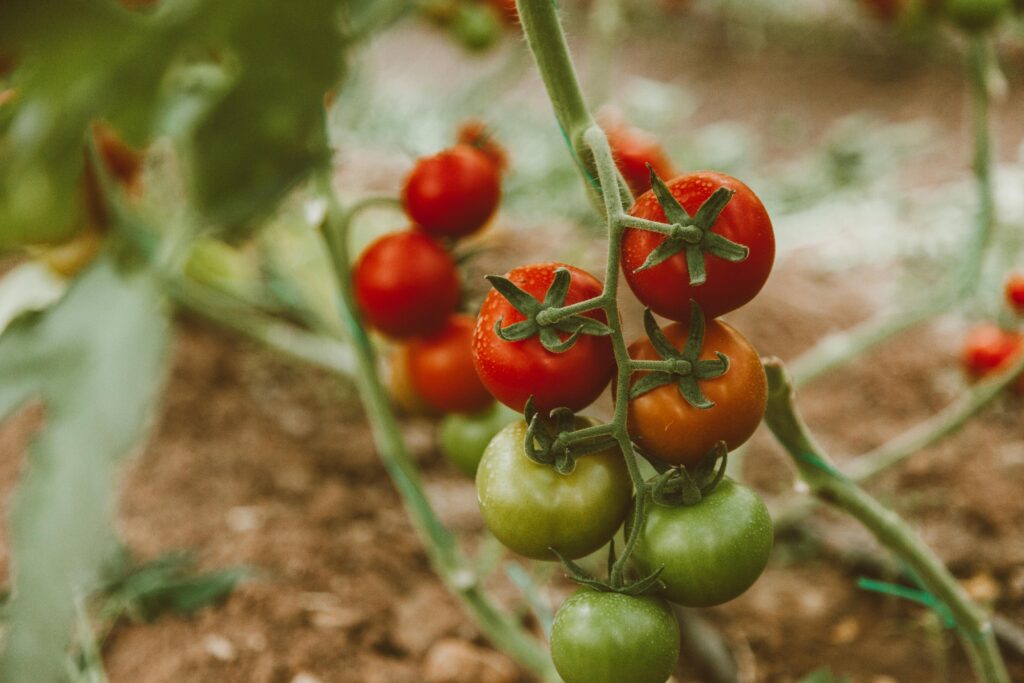
Tomatoes are a popular choice, but they can be difficult for beginners due to their specific care needs. They require a lot of sunlight, space, and consistent watering, which can overwhelm new gardeners. To avoid frustration, try starting with easier plants like lettuce, herbs, or radishes that do not require as much attention. These plants will allow you to gain confidence before tackling more demanding crops like tomatoes.
Tomatoes are also prone to pests and diseases, which can discourage new gardeners. They need staking and frequent maintenance, making them less forgiving for beginners. Starting with simpler plants reduces the chances of early disappointment and helps you learn how to care for more complex species.
If you are set on growing tomatoes, choose smaller or determinate varieties that are easier to manage. Start them indoors and transplant them when the weather is right. This approach will give you more control over the growing process and increase your chances of success.
Growing Plants in Containers or Pots
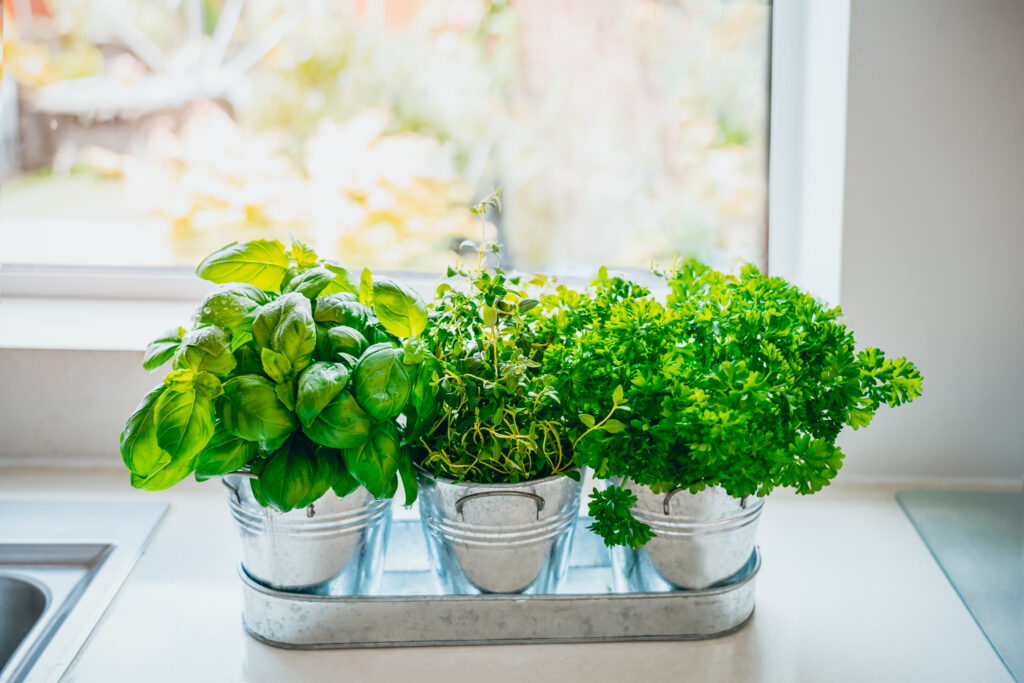
Growing plants in containers can restrict their growth due to limited space for root development. Without proper drainage, water can accumulate and cause root rot, leading to plant stress or death. To avoid this, choose pots with drainage holes and ensure the soil is well-draining. Be mindful of the size of the container to give plants enough room to grow.
Containers dry out faster than garden beds, so plants in pots require more frequent watering. Over-watering can be just as harmful as under-watering, so keep track of moisture levels. Use high-quality potting mix designed for container gardening to provide the necessary nutrients for your plants.
Growing in containers also means limited access to natural soil nutrients. To compensate, use organic fertilizers and amend the soil regularly. By giving your potted plants the right care, you can help them thrive despite the constraints of container gardening.
Letting Garden Pests Surprise You
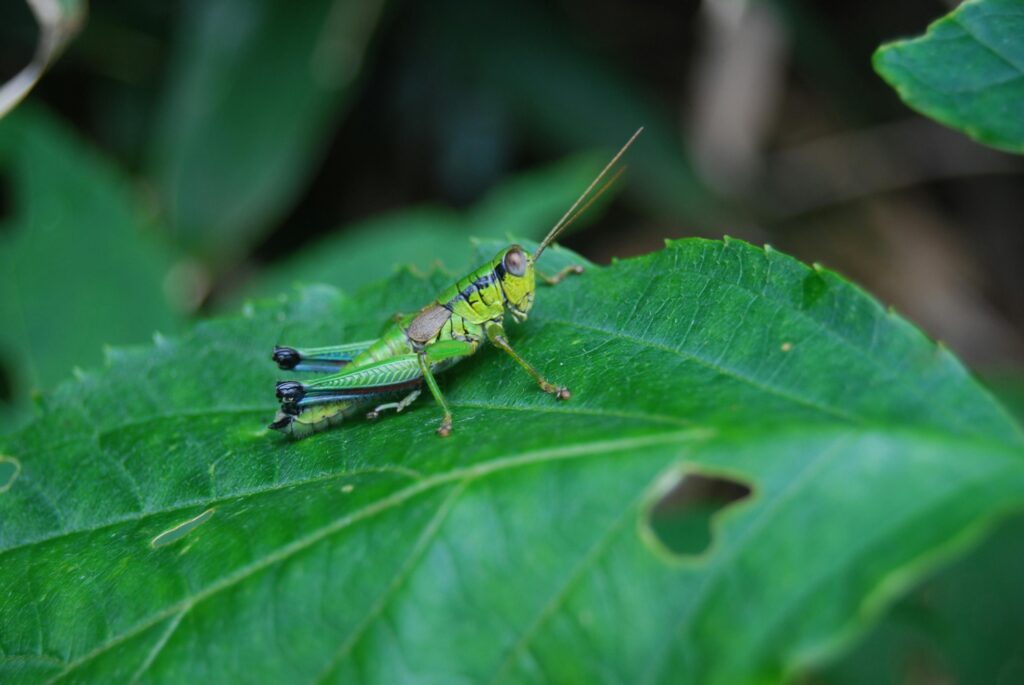
Ignoring pests can lead to major problems in your garden, with small infestations growing into larger ones. Pests can quickly damage plants, leading to wilting, stunted growth, or even plant death. To prevent this, inspect your plants regularly for any signs of pests, such as holes in leaves or visible insects. Early detection is key to keeping pest issues manageable.
If pests are left unchecked, they can spread quickly and impact the entire garden. Using natural pest control methods like introducing beneficial insects can help reduce damage without harming your plants. Regularly removing dead or damaged plant material also discourages pests from settling in your garden.
Stay proactive by learning about common pests in your area and how to prevent them. Having a plan for pest management will help you maintain a healthy garden. The more attention you give to pest control, the fewer surprises you will face later on.
Using Synthetic Fertilizers for Your Plants

Synthetic fertilizers can lead to nutrient imbalances in the soil, causing long-term damage to plant health. Overuse of these fertilizers can burn plant roots or create a dependency on chemicals. To avoid this, choose organic fertilizers or compost to naturally enrich the soil. These alternatives provide a more balanced and sustainable source of nutrients.
Relying on synthetic fertilizers may result in plants that grow quickly but lack the strength to resist pests and diseases. Organic matter, like compost, not only provides nutrients but also improves soil structure and water retention. Over time, this helps plants become healthier and more resilient to environmental stress.
Switching to organic fertilizers or compost benefits both your plants and the environment. These methods promote soil health, fostering a thriving garden without the drawbacks of synthetic chemicals. Gardening with organic materials ensures your plants get the nutrients they need while maintaining a healthy ecosystem.
Using Chemical Pesticides in Your Garden
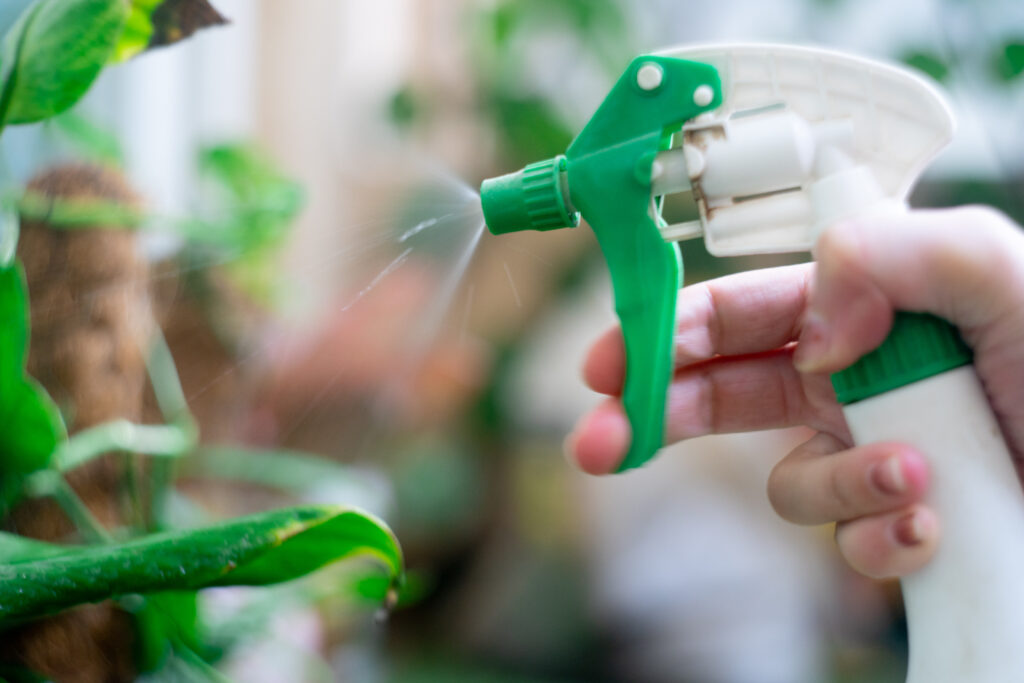
Using chemical pesticides can harm beneficial insects like bees and ladybugs, which play vital roles in pollination and pest control. These pesticides can also pollute the soil and water, leading to long-term environmental damage. To avoid this, use natural pest control options like neem oil or diatomaceous earth to target pests without harming the ecosystem.
Chemical pesticides can lead to pests developing resistance, making them harder to control over time. They also have the potential to enter the food chain, posing risks to human health. Opting for organic solutions helps protect beneficial insects and maintains the balance of nature in your garden.
By using non-toxic alternatives, you can maintain a healthy garden while reducing your environmental impact. If chemical pesticides are absolutely necessary, use them as a last resort and follow the instructions carefully. A balanced approach to pest control helps keep your garden thriving and safe.
Applying Too Much Mulch to Your Garden Beds
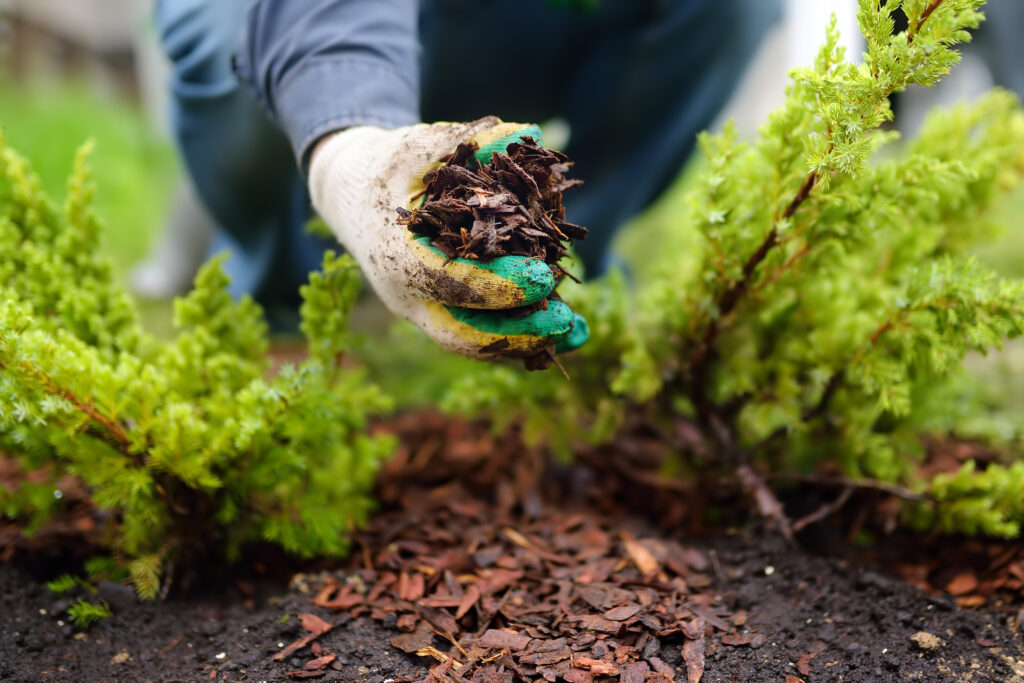
While mulch is beneficial, applying too much can suffocate plants and prevent them from receiving the oxygen they need. Excess mulch can also retain too much moisture, promoting fungal growth and root rot. To avoid this, apply a thin layer of mulch, about 2 to 3 inches, around your plants, ensuring it does not touch the plant stems directly.
Mulch can also harbor pests, especially if it is too thick or not maintained properly. It is important to monitor mulch levels regularly and remove any that may have become compacted or moldy. Keep the mulch layer even and airy to promote healthy growth.
The right amount of mulch helps retain moisture, suppress weeds, and regulate soil temperature. Proper application is key to avoiding the problems that come with over-mulching. Adjust your mulch application based on your plants’ needs and local weather conditions to ensure a healthy garden.
Choosing Cheap Gardening Materials
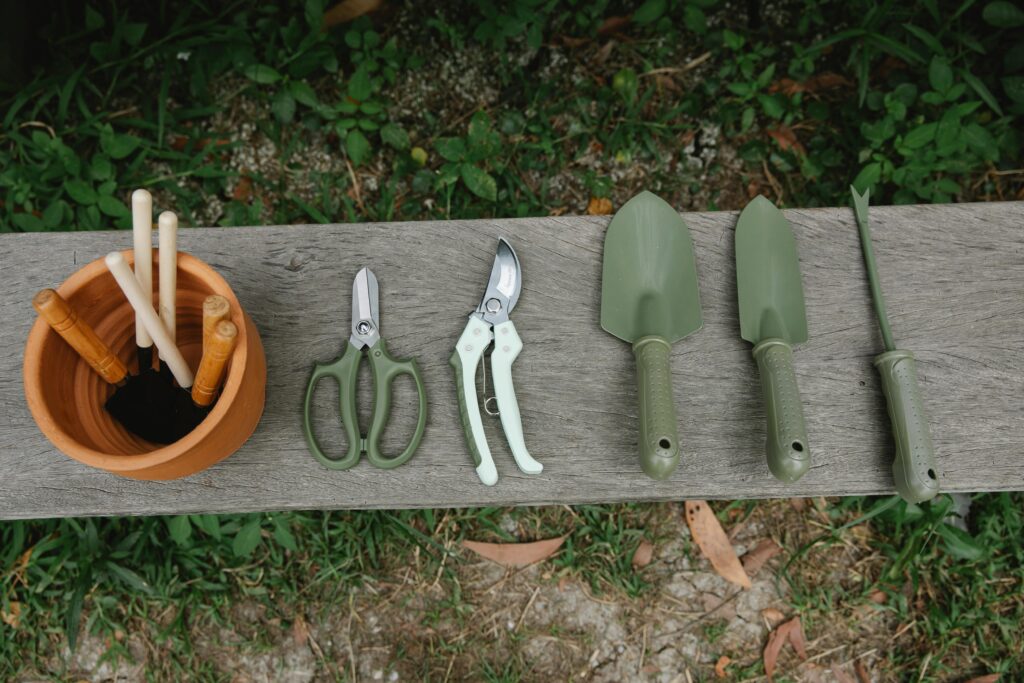
Cheap gardening materials may save you money initially, but they can lead to frustration and added costs later on. Poor-quality tools, soil, and containers can break quickly or fail to provide the necessary support for healthy plant growth. To avoid this, invest in durable tools and high-quality materials that will last longer and perform better.
Low-quality tools can lead to ineffective gardening and wasted time. For example, flimsy gardening gloves may tear easily, or a weak shovel may break mid-use. Opt for tools made from strong materials, such as stainless steel or heavy-duty plastic, to avoid these issues and improve your gardening experience.
Choosing quality materials, like good potting soil and well-made planters, gives your plants the best chance to grow. Although you may spend more upfront, these materials will last longer and save you money over time. Quality investments in your garden will yield better results and make gardening tasks easier.
Starting with Only One Plant
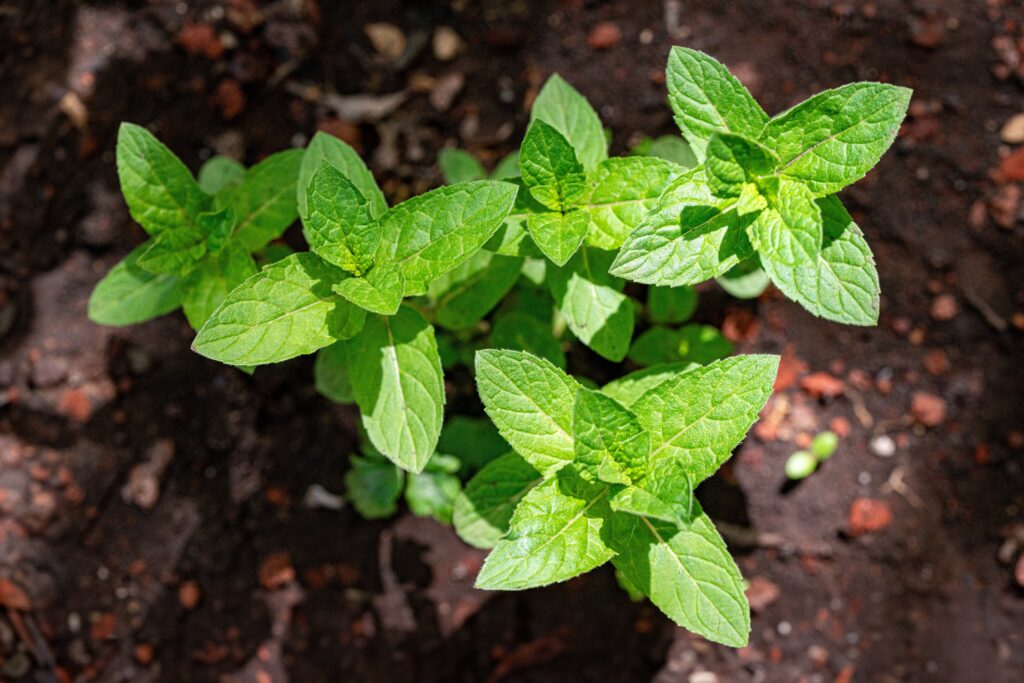
Starting with only one plant limits your ability to learn about different species and their specific needs. It also reduces the variety and enjoyment of your garden, as you miss out on the diversity that different plants bring. To avoid this, try planting a small variety of easy-to-grow plants to gain experience and build confidence.
Focusing on just one plant can also lead to a lack of plant resilience. If that single plant faces an issue, your whole garden can feel like it is at risk. By diversifying your plants, you ensure a more balanced garden and avoid putting all your efforts into one fragile species.
A variety of plants also creates a more dynamic and colorful garden. With multiple plants, you learn how to manage different growth habits and care techniques. Starting with a few plants helps you build gardening skills and enjoy the process more.
Expecting Flawless Results in Your Garden
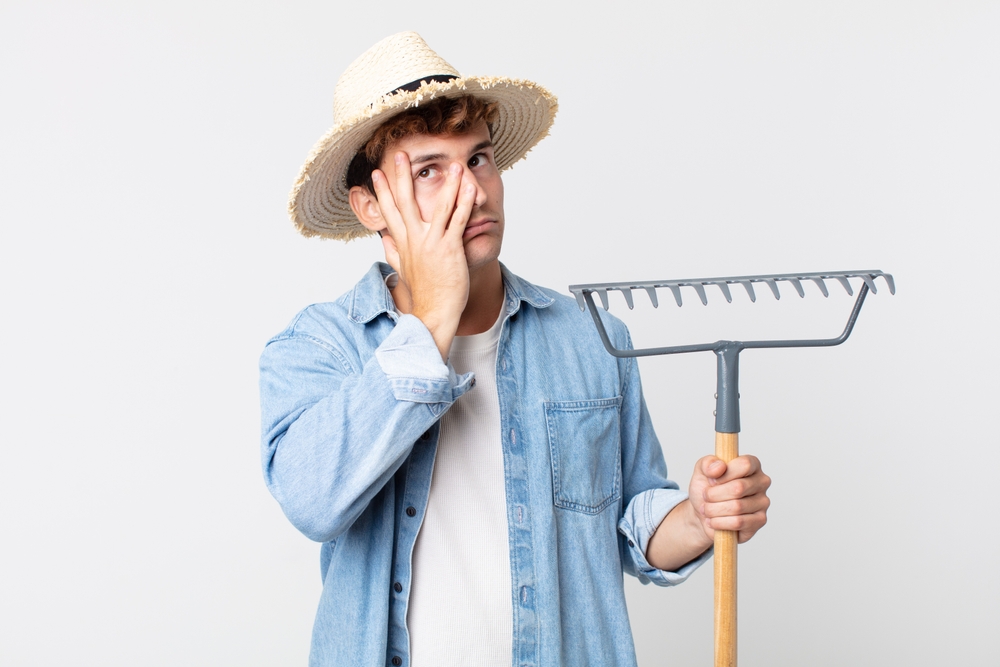
Expecting flawless results in gardening can lead to disappointment and frustration. Plants may not grow as expected due to weather conditions, pests, or soil quality, even if you follow all the advice. To avoid this, embrace the learning process and understand that gardening involves trial and error. Mistakes are part of becoming a better gardener.
By expecting perfection, you may put unnecessary pressure on yourself and your plants. It is important to be patient and flexible, adjusting your care as needed. Allowing room for imperfection helps reduce stress and makes gardening more enjoyable.
Gardening is a dynamic process, and not every plant will thrive. Accepting setbacks and learning from them will make you a more skilled and relaxed gardener. Focus on progress rather than perfection, and celebrate small victories in your garden.
Failing to Tie Gardening Into Your Daily Routine
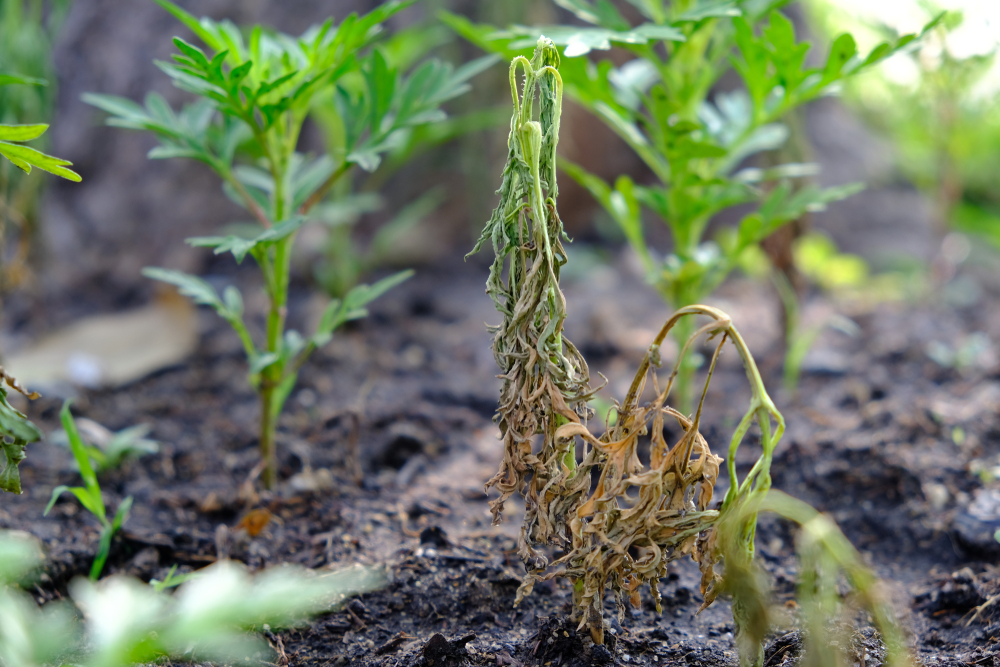
Neglecting to incorporate gardening into your daily schedule can lead to missed tasks, like watering or checking for pests. Plants require consistent care to thrive, and failing to tend to them regularly can result in wilting or disease. To avoid this, set aside time each day, even if it is just 10 minutes, to check on your plants and perform necessary tasks.
When gardening is not part of your routine, it becomes easy to forget about your plants. Skipping regular watering or failing to prune can lead to unhealthy growth. Making gardening a habit ensures that your plants receive the care they need on a consistent basis.
By making gardening part of your daily life, you will develop a better understanding of your plants’ needs. Regular attention leads to a healthier and more enjoyable garden experience. Small, consistent actions add up over time, keeping your plants healthy and your garden thriving.
Neglecting the Importance of Soil Quality
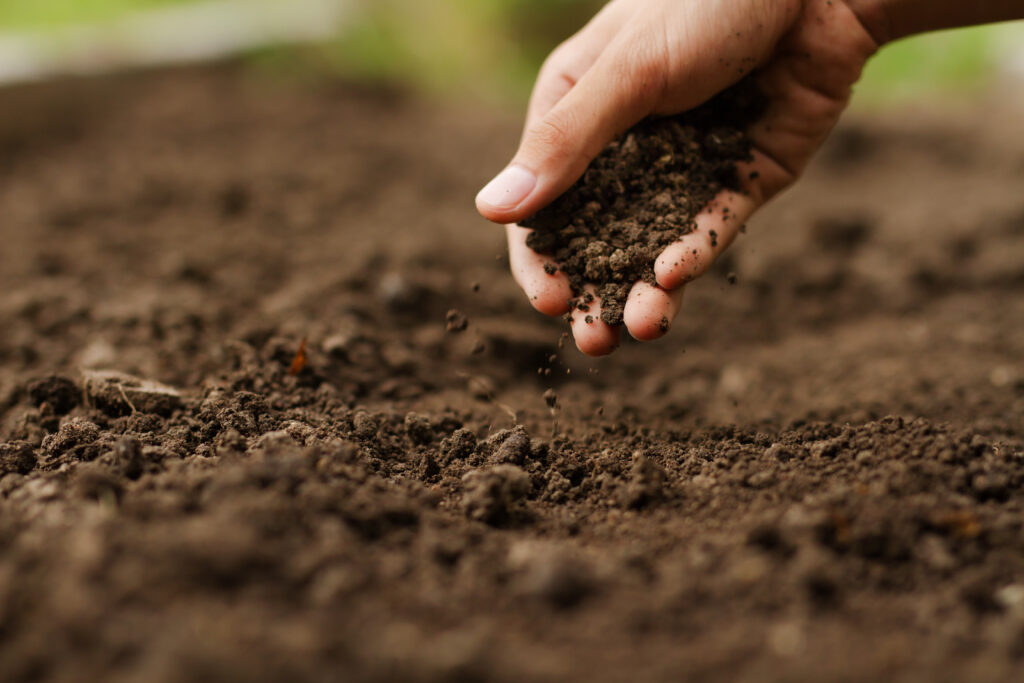
Poor soil quality can lead to weak, underperforming plants that struggle to grow. Without the proper nutrients and drainage, plants cannot thrive, and gardening becomes frustrating. To avoid this, regularly amend your soil with organic matter like compost to improve its structure and nutrient content. Healthy soil is the foundation of a thriving garden.
Soil that lacks essential nutrients can stunt plant growth and make them more susceptible to pests. Testing soil regularly allows you to know its pH and nutrient levels, helping you make necessary adjustments. Investing in soil health is one of the best ways to ensure long-term gardening success.
Soil quality impacts everything from root development to water retention. By improving your soil, you provide a better environment for your plants to grow strong and healthy. Take time to evaluate and improve your soil for the best gardening results.
Relying on YouTube for Gardening Solutions
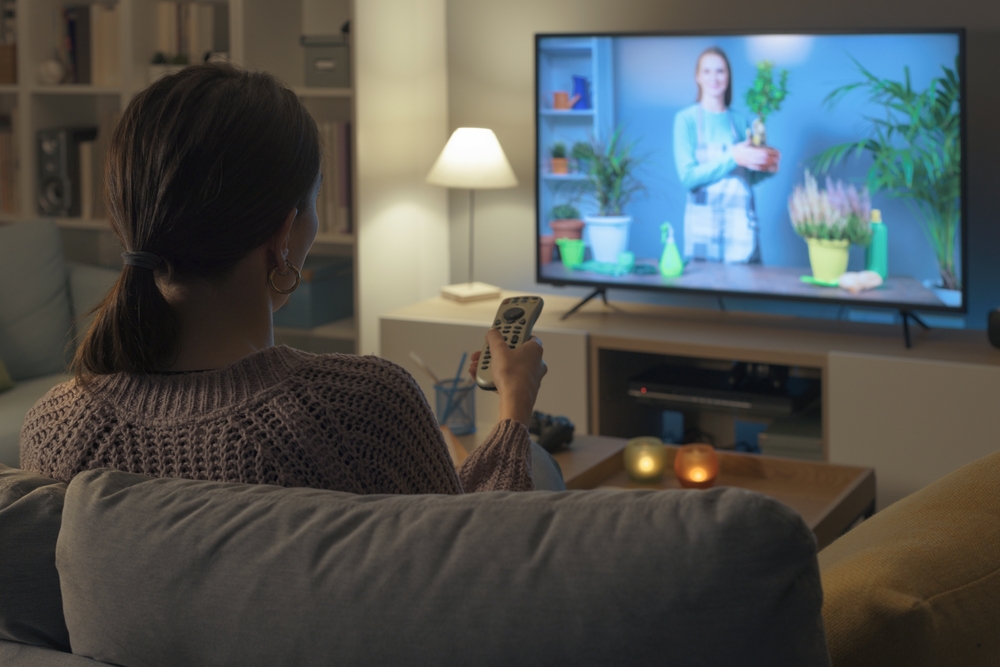
While YouTube offers a wealth of gardening advice, not all information is reliable or suitable for your specific garden. Videos often showcase ideal conditions that may not apply to your climate or soil. To avoid confusion, cross-reference information from reputable sources like gardening books or local experts. Using YouTube as a supplementary resource, rather than a primary guide, is more effective.
Relying solely on YouTube for solutions may lead to conflicting advice that can create confusion, so it is important to verify the methods shown with trusted gardening references. Gardening requires understanding your unique environment, which online videos may not always address.
Local gardening groups, gardening books, and professional advice provide more reliable, accurate information. Consulting these sources will give you more specific guidance suited to your growing conditions. Using multiple resources ensures you make well-informed decisions in your gardening efforts.
This article originally appeared on Avocadu.
